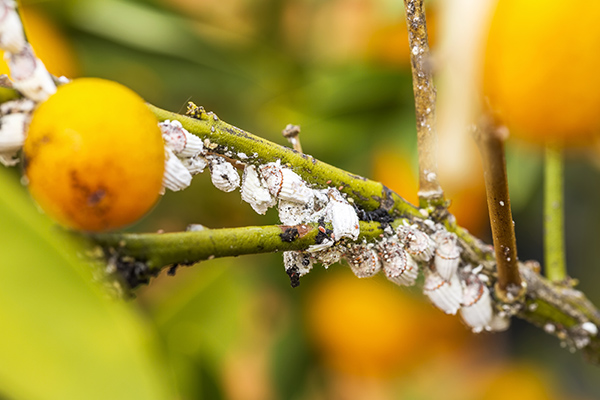
Crop Disease
Crop disease is known to cause yield losses of between 10% and 30%. The diseases are caused mainly by bacteria, viruses and fungi and have a significant impact on the agriculture and horticulture industries and even social history. The Irish Potato Famine in 1845 was caused by Phytophthora infestans. It was a devastating disease of potato that wiped out the potato crop in Ireland over several seasons - with 1,5 million people dying of starvation and forcing tens of thousands to emigrate. Ireland’s population still hasn't recovered to the pre-famine levels. Currently, a strain of the stripe rust fungus (Puccinia graminis, Ug99) is devastating wheat crops across the Middle East and North Africa and is heading for Europe. Plant pathogens do not respect country borders. They are being spread by spores in the air or via the trade of infected plant material. Plant diseases significantly reduce yield and cost farmers across Europe millions of euros per year either directly (because of the disease) or indirectly due to the control methods employed. The rising cost of these control methods has a significant impact on the price of food.
Global Food Security: From subsistence farmers to major exporters, there is a continued battle with plant diseases. With a pressing need to be able to feed a growing population (estimated to reach 10 billion people by 2050) we need to be able to produce healthier crops. Controlling or eliminating crop disease is one way to achieve this. There might be methods for farmers to control plant disease now and in the future. It is however still unsolved, how we can stop new diseases entering our countries.
Plant Pathogens, Controlling plant disease, Plant Breeding, Starvation
Related Topics

3d Printing
3D printing is a process in which a physical, three-dimensional object is formed from a digital layout. It is also known as additive manufacturing ...
READ MORE

Advanced Materials
Everything is made of something, yet, during the past century, the scientific and technological importance of new materials has not been widely app...
READ MORE

Food Production
The world population has reached 7.4 billion people and this number is increasing every second. Hence, we need to produce more food. However, it is...
READ MORE




